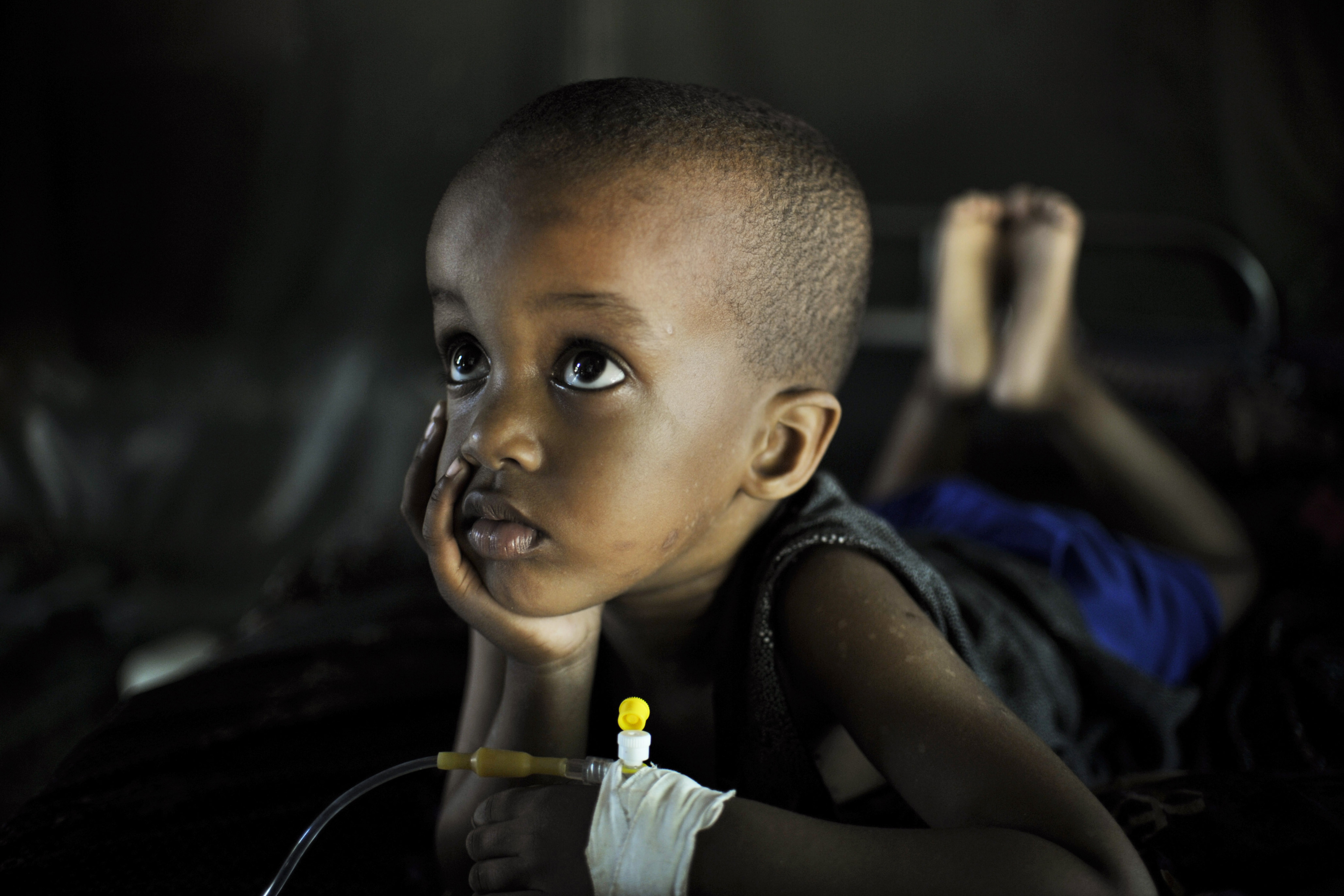


Targets for achieving this goal include, inter alia: building effective, accountable, and inclusive institutions reducing all forms of violence everywhere protecting children from abuse and violence promoting the rule of law and equal access to justice reducing the flow of illicit arms and combatting corruption. For example, the report recalls the SDG 16 commitment to promote peaceful and inclusive societies. The report’s recommendations are mostly aimed at leveraging and fine-tuning existing commitments. While not all armed conflicts or atrocities occur in conditions of poverty and underdevelopment, societies that achieve sustained and equitable economic development are significantly more likely to experience sustainable peace and are more resilient to mass atrocities. Armed conflict is among the highest risk factors of mass atrocities and is one of the greatest inhibitors to economic development. It reiterates the General Assembly’s endorsement of the 2030 Agenda for Sustainable Development that “there can be no sustainable development without peace and no peace without sustainable development,” albeit injecting an atrocity prevention lens. The key message of the 2023 report is familiar.

Following reports in recent years that focused on children and young people, women, early warning, and prevention, the theme of the UN Secretary-General’s 2023 annual report on R2P centred on the interrelationship between development and mass atrocity crimes. This marked the 14th General Assembly annual meeting on R2P, held every year since 2009 (with the exception of 2020 due to COVID-19). On 26 and 30 June, the United Nations General Assembly held a general debate on the responsibility to protect (R2P) and the prevention of genocide, war crimes, ethnic cleansing, and crimes against humanity. Political friction and contestation showcased at the recent United Nations General Assembly annual R2P debate point to broader problems for atrocity prevention at the UN. Resistance to the Responsibility to Protect (R2P) norm is often attributed to its association with military intervention and regime change.


 0 kommentar(er)
0 kommentar(er)
